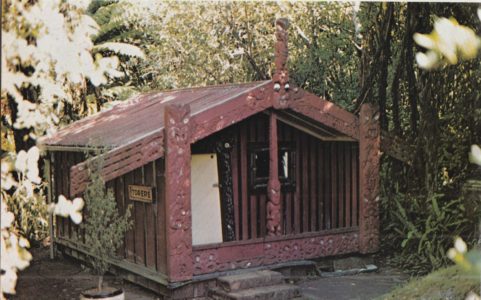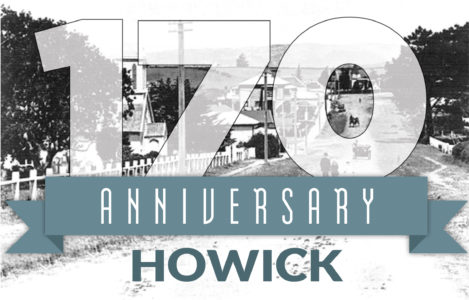
As Howick and districts count down to the 175th anniversary, the Times continues its series by Alan La Roche giving readers a glimpse of life as it used to be. The countdown began at the 170th in 2017
There used to be a tapu (a forbidden area) on Howick that was created by Maori of Umupuia in the early years of European settlement.
It was to prevent Maori trading or working in Howick and to stop them becoming infected with diseases such as influenza, measles, scarlet fever or chickenpox that had minor effects on European immigrants but could kill Maori who had no immunity.
Maori willingly generally sold fruit, vegetables or pork to early settlers and willingly helped the new immigrants of Howick build their cottages.
The tapu was not strictly enforced as there were Maori in all school classes and in church congregations. There were no racial conflicts but warm friendships.

Miss E. M. Nixon (born 1870, died in 1962) dedicated her home, museum and garden “to the people of Howick” and encouraged a better understanding between settlers and Maori by researching their histories.
Maori of New Zealand had negotiated a “treaty of cooperation” and, after the Treaty of Waitangi, Maori followed the principles of the treaty.
The Government dishonoured these agreements. The “Fairburn Block” was the land missionary William Fairburn was asked to look after by a group of iwi (tribes) including Hauraki and Waikato to prevent inter-tribal warfare in 1836.
All the land from the Tamaki River to the Wairoa River, Manukau Harbour to the Waitemata, (82,947 acres) “was to be left for Europeans only”.
Maori were told to move onto a Maori reserve of 6000 acres at Umupuia, near Maraetai Beach.
After the Treaty was signed, the Government took this land without payment. They subdivided it and sold it, to help pay for the Fencible immigration scheme and development of roads and bridges.
This was Maori land and they should have been paid for it. To demand that Maori living in Howick, Pakuranga or Whitford had to live at Umupuia was not following the Treaty of Waitangi. It was racial discrimination.
There was a Maori family living by the stream at the end of Fisher Parade below Manor Park estate in 1900. Another group was also living in the Mangemangeroa.
Maori used to help farmers especially, harvesting wheat, oats or hay. But as farms became more productive and mechanised, Maori families were forced to move on.
Miss Nixon could see the unfair treatment of Maori. She had bought a section in Uxbridge Road in 1925 and built a whare whakairo (a carved Maori house), a Pataka (food storage building) and a model Fencible’s cottage as part of her folk museum.
In October 1936 she ceremoniously opened her garden with members of the Akarana Maori Association and Queen Victoria Girls College to witness the removal of the tapu on Howick. This was done by Maunui Kahiwera and Miss Ngeungeu Beamish (a descendant of Torere, a Ngai Tai ancestor) with members of Ngaitai.
They were thanked by Archdeacon Hawkins of All Saints Church Howick, followed by waiata (songs) and dancing. There is no tapu on Howick today.
Recently Ngai Tai Maori received a Treaty of Waitangi Settlement as part payment compensation for the misdeeds of our former governments.
- Alan La Roche, Howick Historian









